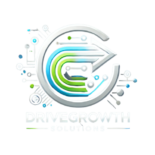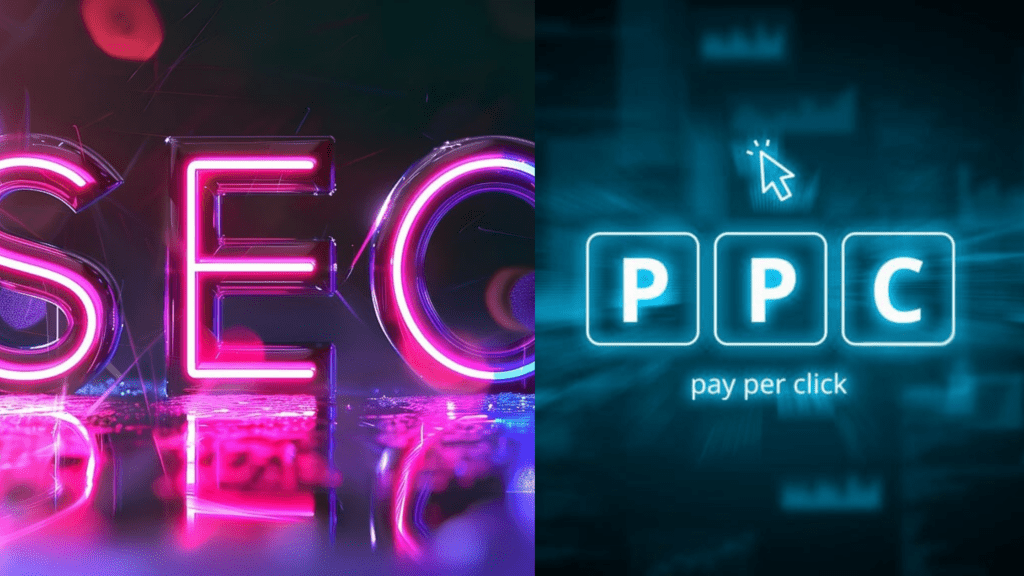When it comes to driving traffic and boosting visibility, small businesses often find themselves deciding between two powerhouse strategies: SEO (Search Engine Optimization) and PPC (Pay-Per-Click Advertising). Both approaches have unique strengths, but choosing the right one depends on your goals, budget, and timeline.
This article breaks down the pros and cons of SEO and PPC, helping you determine which strategy (or combination) suits your business needs.
What is SEO?
SEO involves optimizing your website and content to rank higher in organic search results. It focuses on improving visibility through:
- On-Page SEO: Optimizing website elements like keywords, meta descriptions, and headings.
- Off-Page SEO: Building backlinks from reputable websites.
- Technical SEO: Enhancing site speed, mobile responsiveness, and crawlability.
Benefits of SEO:
- Long-term visibility and traffic.
- Builds credibility and trust.
- Cost-effective in the long run.
Limitations:
- Results take time — often months.
- Requires continuous effort and updates.
What is PPC?
PPC involves paying for ads to appear at the top of search results or social media feeds. You’re charged only when users click on your ad. Platforms like Google Ads, Facebook Ads, and LinkedIn Ads dominate this space.
Benefits of PPC:
- Immediate traffic and visibility.
- Precise audience targeting by location, demographics, and behavior.
- Flexible budgeting with clear performance tracking.
Limitations:
- Costs can escalate quickly.
- Traffic stops when the campaign ends.
Comparing SEO and PPC
| Factor | SEO | PPC |
|---|---|---|
| Cost | No direct costs; investment in time or SEO services. | Pay for each click; scalable with budget. |
| Time to Results | Months to see significant growth. | Immediate visibility and traffic. |
| Longevity | Long-term traffic with sustained effort. | Traffic ends when the campaign ends. |
| Scalability | Scales with consistent optimization. | Easily scalable with higher budgets. |
| Targeting | Based on organic relevance. | Advanced targeting by location, age, etc. |
When to Use SEO
SEO is ideal for businesses seeking long-term visibility and credibility.
Best Scenarios for SEO:
- Local businesses targeting “near me” searches (e.g., “dentists in Sydney”).
- Companies building authority in a niche (e.g., blogs, informational content).
When to Use PPC
PPC is perfect for immediate results or short-term campaigns.
Best Scenarios for PPC:
- Seasonal promotions or product launches.
- Testing new markets or products.
- Businesses needing quick lead generation.
Combining SEO and PPC
A hybrid approach often works best. For example:
- Use PPC to drive immediate traffic while building your SEO strategy.
- Analyze PPC performance to identify high-converting keywords for SEO.
Case Study:
A local bakery used PPC ads to promote a holiday sale while simultaneously optimizing their site for “best cakes in Sydney.” This dual approach generated immediate sales and long-term organic traffic.
SEO and PPC are both invaluable strategies, each excelling in different scenarios. Small businesses can achieve the best results by understanding their strengths and combining the two where possible.
Not sure which strategy is right for you? Contact Drive Growth Solutions for expert guidance tailored to your goals.
Outbound Link Suggestions:
- Link to a credible SEO resource: “Learn more about SEO from Moz.”
- Link to a PPC resource: “Google Ads beginner guide.”

